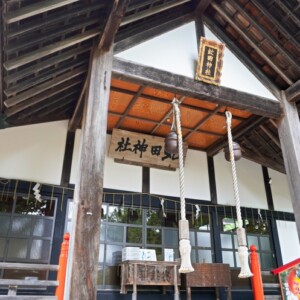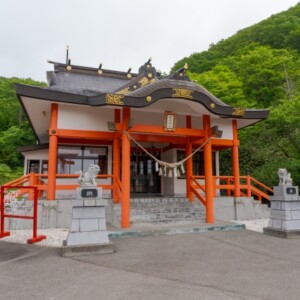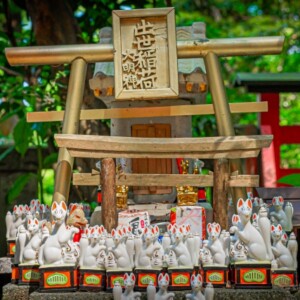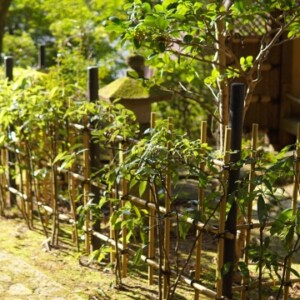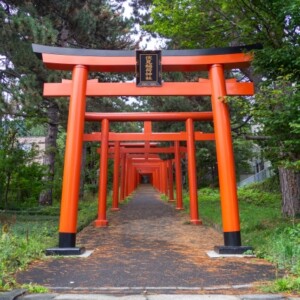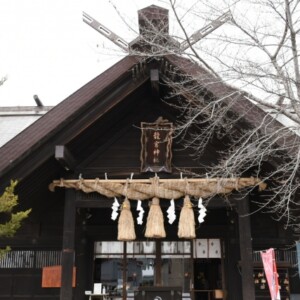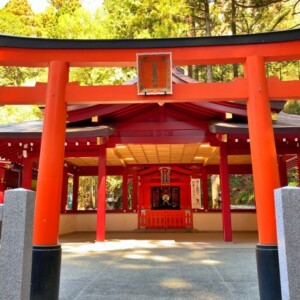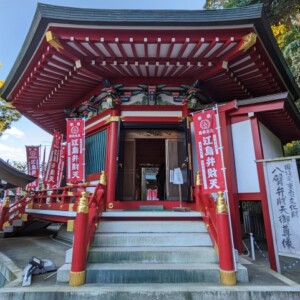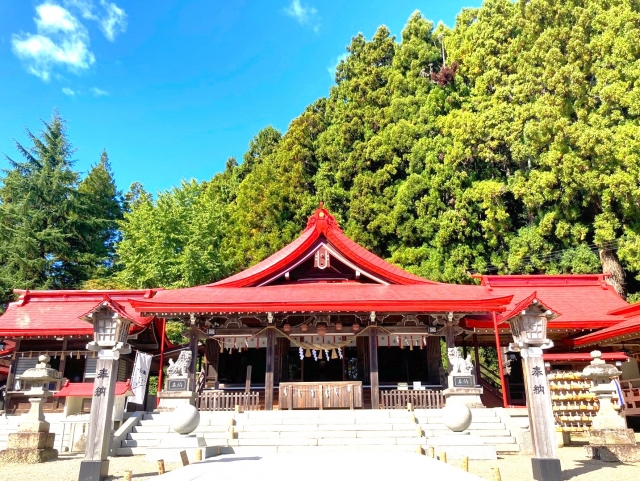
Kanejamizujinja|Complete guide to the history, highlights, and worship information of this historic sacred site of water god worship
Kanejake Suijinsha, located in Iwanuma City, Miyagi Prefecture, is a sacred place of water god worship with a history of more than 1,000 years, and attracts many worshippers from all over Japan for its blessings of prosperous business and financial fortune. Located at the exit of a deep valley called Kinjesawa, it is a rare shrine with a pair of male and female golden serpents as its deities. Within the shrine grounds are the 300-year-old Kuryu wisteria tree and one of the best peony gardens in Tohoku, making it a popular flower spot.
Overview and basic information about Kinjesuijinsha Shrine
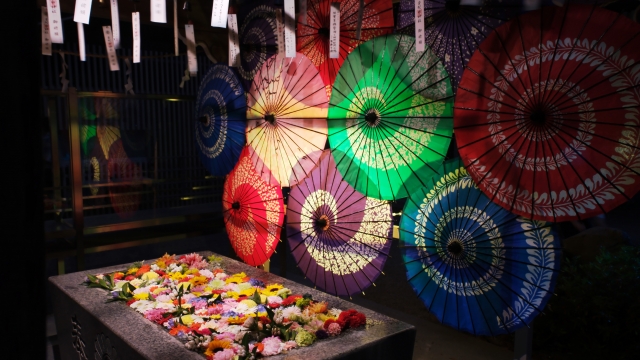
Kinjake Suijinja Shrine is located in Misushikiyoshi, Iwanuma City, Miyagi Prefecture, and is a sacred place of water god worship, with Kinjake Okami (Suihayonome-no-Mikoto) as the main deity and Okomiki-no-mikoto and Shohikono-no-mikoto as deities enshrined in the shrine. As a shrine of popular belief with a history of more than 1,000 years, it has long been loved by people throughout the Tohoku region.
History and Origin
Although the date of the shrine’s founding is unknown, it is believed to have been worshipped as a deity related to water since ancient times. It is believed that when people began farming, they worshipped a water god at a place where water flowed from the mountains to the plains.
There is an interesting legend about the origin of the shrine’s name. In the middle of the Heian period (794-1185), during the reign of Emperor Ichijo, Munechika, a small blacksmith from Sanjo, Kyoto, received an imperial order to forge the sword to be worn by the Emperor, and traveled around the country in search of famous water.
He immediately prayed at the Suijingu Shrine, set up a furnace, and began to forge a sword, but the croaking of frogs prevented him from achieving a good sword because he could not unify his mind. So Munechika made a figure of a snake and released it into the rice paddy, whereupon the frogs suddenly stopped croaking. The frogs stopped croaking, and Munechika, who was able to forge an excellent sword without incident, presented the snake figure to the gods in thanksgiving and returned to the capital. Since then, the shrine has worshipped the snake as its sacred object and the name of the shrine has been changed to Kinjeru Suijinsha (Golden Snake Shrine).
Deities and Benefits
The main deity of Kinjakusuijinja Shrine is Suihayonome-no-mikoto, who is revered as the “Great God of Gold Snakes”. Since the deity’s body is a snake, it is widely worshipped as a deity that brings prosperity in business and money, good fortune, good luck in getting rid of bad luck, healing illnesses, safety at sea, and satisfaction from catching a big catch of fish.
It is especially known for its blessings for prosperity and business, and is widely worshipped in Miyagi Prefecture and throughout the Tohoku region as a snake god with divine virtues such as “prosperity in business, money, and luck in getting rid of bad luck. Since ancient times, the snake has been regarded as an incarnation of the water god, and its repeated shedding of its skin has become a symbol of rebirth and improved financial fortune.
The shrine is dedicated to Benzaiten, the god of rivers and water, and is worshipped as a life-size statue of the eight-armed Benzaiten, as well as a god of fortune and entertainment.
Highlights and Characteristics of Kinjyasuisuijinsha Shrine
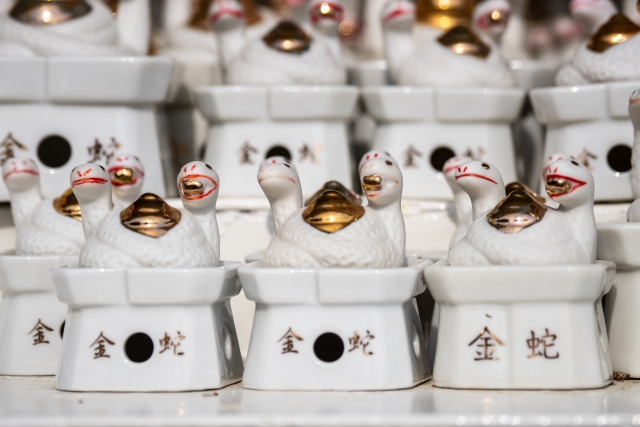
Kanabeshimizu Shrine is a charming shrine with a sacred atmosphere and beautiful natural scenery. The shrine is especially well known for its flowers, and is also known as the “Flower Shrine.” The “Flower Festival” held in May, featuring peonies, wisteria, and azaleas, is so beautiful that it has become a seasonal tradition in the Sendai area.
Architectural and Structural Attractions
The vermilion roofs of the shrine pavilions, corridors, and auditorium, which have faded over time, are being repaired and painted as part of the 2025 Ideal Land Creation Project.
In recent years, modern facilities have been installed in the outer garden of the shrine grounds. Sando Terrace, a rest area for worshippers, was constructed in the outer garden of Kinjyusui Shrine to connect the approach to the shrine, the garden, the plaza, the mountain, and the shrine, and to connect the secular and Shinto worlds, and people and nature. The former rest area built in 1989 was reconstructed as part of the “Memorial Project to Commemorate the Dedication of the Shrine in 2028,” seeking new possibilities for the shrine in this new era.
In 2022, the kagura stage will be completed, and the kagura stage has received the Wood Design Award 2022. Various technical dedications are performed on this stage, which has become a new attraction of the shrine.
Nature and Scenic Beauty
One of the greatest attractions of Kinjamizu Shrine is the beautiful flowers that bloom from season to season. The 300-year-old wisteria trellis “Kuryu no wisteria” is particularly magnificent, and is named “Kuryu no wisteria” because it has nine branches from a single plant. This wisteria is a symbol of the temple grounds and attracts many visitors.
On the east side of the grounds, there is a peony garden with 1,000 peony plants of about 100 varieties, surrounded by hundreds of huge azalea plants.
A new peony garden is scheduled to open in 2025, which was established in anticipation of a delay in the blooming season due to global warming, so that visitors can enjoy the spring flowers for a longer period.
Serpentine Stone and Golden Fortune Spots
One of the most distinctive features of Kinjakusui-jinja Shrine is the serpentine stone. The “serpentine stones” are placed in a row on the south side of the shrine pavilion, and it is believed that rubbing one’s wallet on the stones will bring good luck. It is said that if you intuitively choose one of the many serpentine stones and stroke the pattern with your wallet or hand, it is said to bring you good luck.
In addition, in 2024, a new washing place was installed in the precincts of the shrine, and in April 2024, a new washing place was built so that visitors can purify their money with the water of the Goddess of Mercy. This place is attracting attention as a new spot for purification and washing of money, where visitors can experience “misogi” (purification) and “sen-washing.
Guide to Worship and Visiting the Shrine
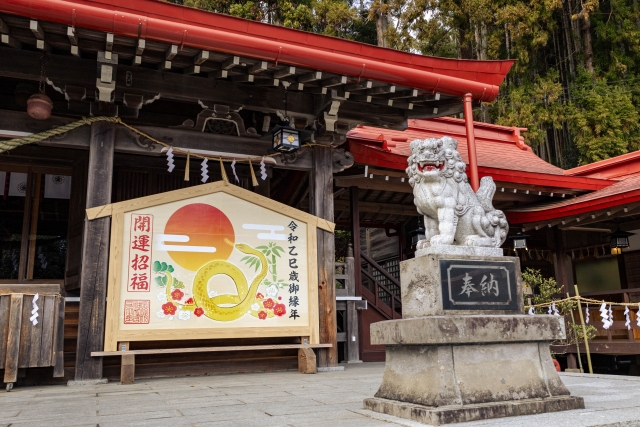
It is important to pay respect to the sacred Golden Serpent Goddess when visiting the Golden Serpent Shrine. Worship is available 24 hours a day, so you can visit the shrine in peace and quiet at any time. Visitors can also enjoy unique ways of worshiping at the shrine, such as praying for good fortune at the serpentine stone and washing money in the shrine grounds.
Worship Etiquette and Manners
Worship at Kinjyasui Shrine is conducted in the manner of a regular shrine visitor. When passing through the white torii gate, bow and walk away from the center of the path. After purifying your hands and mouth at the hand- and mouth-wash basin, you should bow in front of the hall of worship in the manner of “ni-sho, ni-sho, ni-kappe, ni-kappe, ni-kappe, ni-kappe.
One of the unique ways to pray for good luck is to use a serpentine stone to pray for money. It is said that if you intuitively select one of the many serpentine stones and caress its pattern with your wallet or hand, it will bring you good luck in money. However, it is important to choose “only one,” so choose with your intuition.
At the newly built sen-washing area, you can wash your money by placing the money in your wallet in a colander, pouring water over it, and letting it get wet. Put the wet money in a case and take it home. After drying it, it is allowed to keep it in your wallet or use it normally.
Pets are not allowed to walk on the temple grounds, but may be carried in carts. Please visit the temple with good manners and respect the sacred atmosphere.
Annual and Seasonal Events
At Kinjyusui Shrine, the regular festival day is May 15, and the Spring Grand Festival is held in grand style. Particularly noteworthy are the special annual events for the year 2025: the “Flower Festival” will be held from April 25 to May 25, and the “Snake Year Festival” will be held from May 15 to 21, which is held once every 12 years in the year of the Snake Year of the Goddess of Mercy.
The Hana-Matsuri is a representative event of Kinjyusui Shrine. During the Hana-Matsuri, peonies, wisteria, and azaleas will be in full bloom, decorating the shrine’s grounds with gorgeous colors. During the festival, the kagura stage will be dedicated to various arts and crafts, and a wide variety of events can be enjoyed.
In addition, various events are held throughout the four seasons, such as the Benzaiten Festival in July, when a statue of Benzaiten is unveiled, and the Autumn Festival in October, to express gratitude for the harvest.
In summer, there is the Summer Pilgrimage event, and this year there are also events for the whole family to enjoy, such as the “Summer Vacation Children’s Shrine Experience” and the “World Beetle and Stag Beetle Exhibition” where you can meet and touch beetles and stag beetles from all over the world.
Red Seal and Charm Information
Colorful red seals are distributed at Kinjyusui Shrine according to the season and events. Visitors who collect red seals are especially encouraged to visit the shrine, as red seal designs are available only for each month and each event.
Inquiries are accepted between 8:00-16:00 during shrine office hours, and red seals and amulets are also available during these hours.
The shrine also offers a variety of original amulets and lucky charms, which are popular among visitors wishing for good fortune and business success. Visitors can also purchase original shrine goods and fashionable items made in collaboration with local businesses at the Sando Terrace souvenir shop.
Access and Usage Information
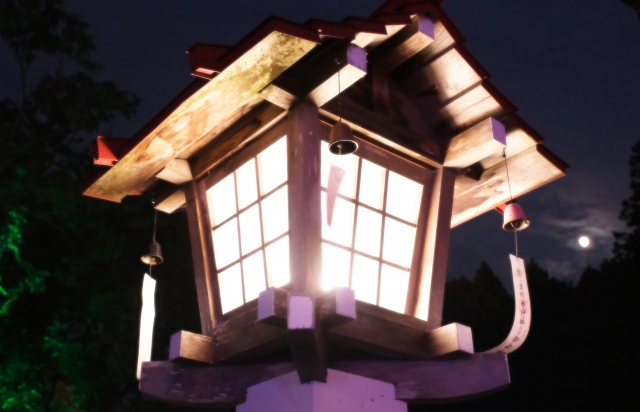
Kanejamizu Shrine is located in Iwanuma City, Miyagi Prefecture, and is easily accessible from the Sendai area by both public transportation and private vehicles. A parking lot is available for the convenience of worshippers, and temporary parking will be provided during peak seasons such as the Hana-Matsuri (Flower Festival).
Access
Access by train
From Sendai Station, take the JR Tohoku Main Line to Iwanuma Station, which is about a 20-minute ride. Rail: Located 10 minutes by car from JR Iwanuma Station (Tohoku Main Line and Joban Line), it is ideal for a one-day visit from the Sendai area.
Access by Bus
Take the Iwanuma Shimin Bus (Tozai Kankyu Line 2 or Daishi Line), get off at Hanatopia-mae bus stop, and walk 10 minutes to the shrine.
Access by car
It takes about 18 minutes by car from the Iwanuma IC of the Sendai-Tobu Road. The shrine is also easily accessible from National Route 4, and can be searched for by the shrine name on your car navigation system.
<Address> 7, Mizugami, Sanshikiyoshi, Iwanuma, Miyagi 989-2464, Japan
Hours of Admission, Fees and Parking Information
Visiting Hours and Fees
Hours: Free to visit the temple grounds (shrine office is open 8:00-16:00); Fees: Free to visit the temple grounds, and worship is free of charge and available 24 hours a day. However, red seals, amulets, and prayers are available from 8:00-16:00 during shrine office hours.
Entrance fee to the Peony Garden may be required during the Hana-Matsuri (Flower Festival) period. Please check the official website and SNS for the latest information on detailed fees and opening hours.
Parking Information
The shrine is equipped with several parking lots, which are free of charge during normal times. Temporary parking is also available during busy periods such as the Hana-Matsuri (Flower Festival) to accommodate the large number of visitors.
Other Facilities
Visitors can purchase souvenirs after their visit to the shrine and enjoy the shrine’s original menu at Sando Terrace, where they can relax before or after their visit and enjoy unique gourmet foods such as the shrine’s original white snake bread and white snake soft serve. You can also enjoy unique gourmet foods such as the shrine’s original white snake bread and white snake soft serve.
The shrine is also wheelchair-accessible. For more details, please contact the shrine in advance.
Reference sites
Kinjyasui Shrine Official Website: https://kanahebi.cdx.jp/
Sando Terrace, the approach and rest area of Kinjeshisuijinja Shrine: https://www.sandoterrace.jp/
2022 Ideal Township Creation Project Dedication Site: https://kanahebisuijinja.jp/



